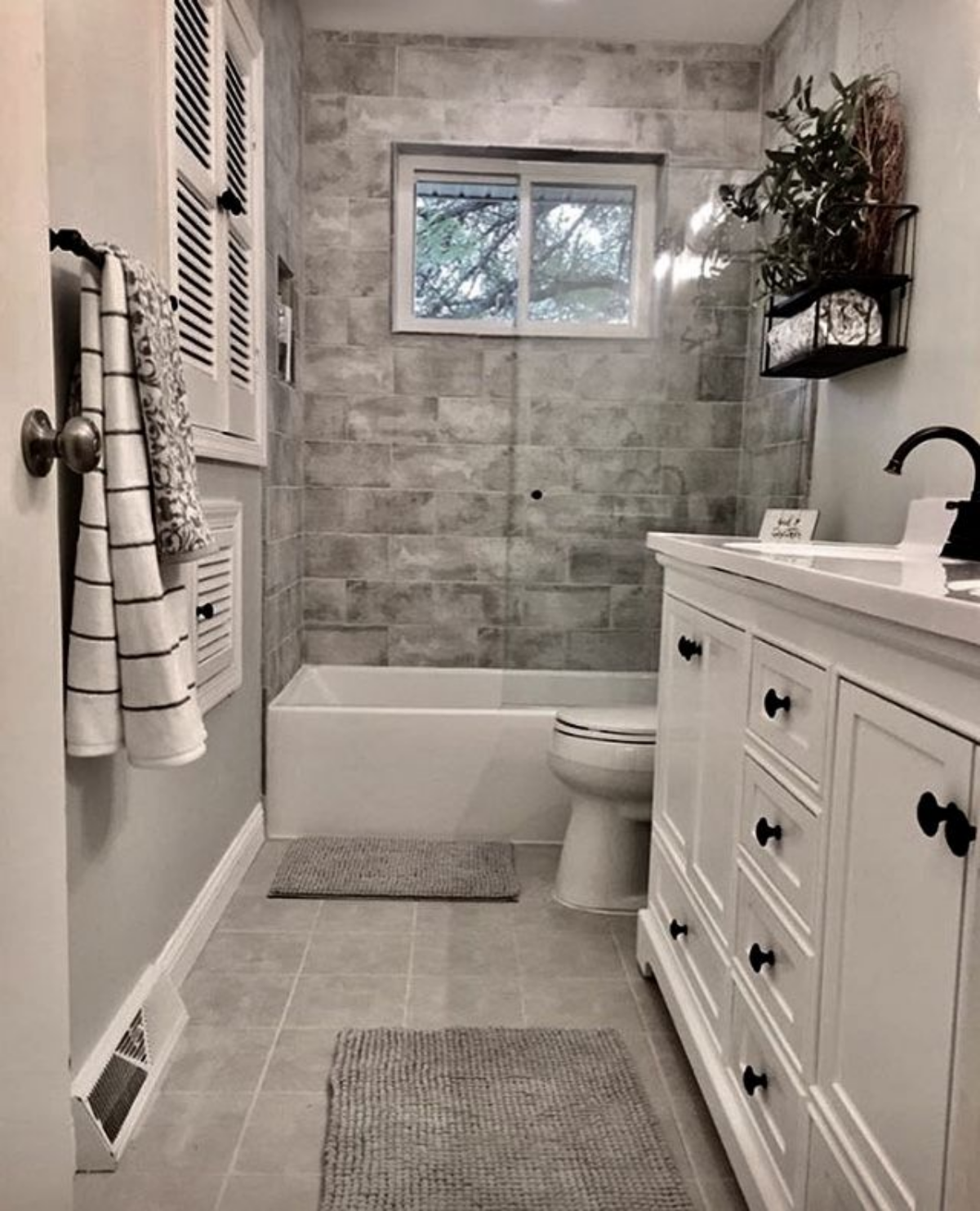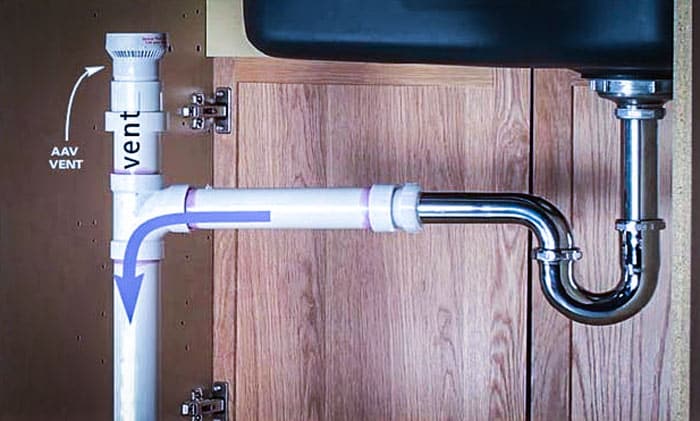The Importance of Adequate Ventilation in Your Home's Plumbing Systems
The Importance of Adequate Ventilation in Your Home's Plumbing Systems
Blog Article
They are making several great points regarding What Is A Plumbing Vent & How Do They Work? overall in the article down the page.

Proper air flow in pipes systems is frequently forgotten, yet it is important for keeping the functionality and security of your home's pipes. Ventilation assists control atmospheric pressure, avoid the build-up of unsafe gases, and guarantee the efficient elimination of waste. In this overview, we will certainly check out the value of correct plumbing ventilation, how it works, and the advantages it brings to your pipes system.
Exactly How Ventilation Functions in Plumbing Systems
Air Pressure Regulation
Appropriate ventilation preserves well balanced atmospheric pressure within the plumbing system. When water streams with pipelines, it displaces air. Without ample air flow, this variation can produce unfavorable stress, resulting in slow drains or siphoning of water from traps, which can cause undesirable smells to permeate into the home.
Avoiding Sewer Gas Build-up
One of one of the most important functions of plumbing vents is to stop sewer gases, such as methane and hydrogen sulfide, from collecting within the home. These gases can posture severe health risks and are highly flammable. Vent pipelines permit these gases to leave safely outside.
Helping in Waste Elimination
Ventilation helps in the reliable elimination of wastewater by avoiding airlocks in the drainage system. When air can move easily with the vents, it allows water and waste to stream smoothly with the pipes, decreasing the threat of clogs and backups.
Advantages of Proper Ventilation
Boosted System Performance
Correctly aerated pipes systems run extra effectively, with fewer blockages, faster draining pipes, and less stress on the pipes. This efficiency expands the life expectancy of the plumbing system.
Improved Air Quality
By avoiding drain gases from entering your home, appropriate ventilation contributes to much better interior air top quality, making your living environment healthier and more comfortable.
Preventing Water Damages
Adequate air flow aids protect against water from being siphoned out of traps, which can lead to sewer gases going into the home and causing water damages with time.
Steps to Make Certain Appropriate Air Flow
Consulting Plumbing Codes
Always seek advice from regional pipes codes when creating or customizing your plumbing system. These codes provide the needed guidelines for appropriate venting and guarantee your system meets security standards.
Normal Examination and Upkeep
Normal examinations can help identify prospective air flow issues before they become major problems. Maintenance tasks, such as cleaning up vent pipes and checking for blockages, are vital for keeping the system in good working order.
Specialist Installment
For new installments or major alterations, it's smart to hire a specialist plumbing technician. They have the expertise to guarantee the air flow system is correctly designed and mounted according to code.
Comprehending Ventilation in Plumbing
Air flow in plumbing refers to the network of pipelines that allow air to stream with the drain system. These vents offer numerous functions, including regulating atmospheric pressure within the pipelines, stopping drain gases from entering the home, and aiding in the smooth circulation of wastewater.
Types of Plumbing Vents
Key Stack Vent
The main stack vent, additionally known as the vent pile, is the key vent in a plumbing system. It expands from the primary drain align with the roofing, permitting gases to escape and fresh air to enter the system.
Branch Vent
Branch vents attach to the major pile air vent and offer private components, such as sinks, bathrooms, and showers. These vents make certain that each component has ample air flow to function properly.
Air Admission Valve (AAV).
An Air Admission Shutoff (AAV) is a one-way valve that allows air to get in the pipes system without the need for a traditional vent pipeline prolonging via the roofing. AAVs are generally used in restorations or locations where setting up a typical vent is impractical.
Indications of Poor Air Flow in Plumbing.
Slow Draining Fixtures.
If your sinks, tubs, or bathrooms are draining pipes gradually, it could be a sign of bad ventilation. Insufficient air flow can create a vacuum impact, making it challenging for water to drain appropriately.
Gurgling Seems.
Gurgling noises coming from drains are typically an outcome of air being sucked through water traps because of adverse pressure in the pipelines. This is a clear indicator of not enough ventilation.
Unpleasant Odors.
Sewer smells inside your home are a warning that your plumbing system is not properly aerated. This could suggest that sewer gases are not being sufficiently vented outside, bring about possibly dangerous conditions.
Usual Ventilation Blunders.
Inadequate Vent Sizing.
Using undersized air vent pipelines can bring about inadequate air circulation and pressure inequalities in the system. It's necessary to use vents that fulfill the details demands of your pipes system.
Improper Vent Placement.
Placing vents too much from the components they serve can reduce their efficiency. Proper positioning makes sure that air can flow openly and effectively with the system.
Ignoring Code Requirements.
Building ordinance supply particular guidelines for plumbing ventilation. Overlooking these codes can cause a system that falls short to work properly and might bring about costly repair work or health hazards.
Conclusion.
Proper air flow is a vital element of any type of pipes system, making sure that it functions efficiently and safely. By recognizing the significance of air flow, recognizing the indications of bad ventilation, and taking steps to keep your system, you can protect against costly concerns and protect your home's air top quality.
4 Things You Should Know About Your Plumbing Vents
What Plumbing Vents Are
Also called a vent stack, a plumbing vent is a vertical pipe attached to your drain line that runs through your roof. The plumbing vent pipe, or plumbing air vent, removes gas and odors from your plumbing system and allows fresh air to enter the pipes, helping the water to flow out of the drain pipes.
What Plumbing Vents Do
Plumbing vents have two basic functions. One of which is to allow unpleasant smelling wastewater and sewer gasses to escape your plumbing system instead of entering your home. Plumbing vent pipes are typically located on roofs, away from windows, to ensure the fumes exit the home completely.
The other function of the plumbing vent is to move fresh air into your plumbing system. This helps move water through every plumbing fixture in your house, like toilets and sink drains. Think of the way in which you need to let a little air into the bottle as you pour soda in order to make the drink flow smoothly.
Different Types of Plumbing Vents
True vent: This is the most common vent option. In simplest terms, a true vent is a vertical pipe attached to your drain line that exits through the roof. They often function as the main vent that other fixtures can connect to. Re-vent pipe or auxiliary vent: Attached to the drain line near specific plumbing fixtures, re-vent pipes run up and over to connect to the main vent. Common vent: Two plumbing fixtures installed on opposite sides of a wall are typically tied into the vent stack using something known as a sanitary cross. Wet vent: This venting option operates as a drain pipe and a vent at the same time. Wet vent drainage systems drain water from one fixture while venting the air from another. Although they’ve been used for over 100 years, wet vent systems have only recently been added to the plumbing code in many areas. If you’re planning on installing one in a bathroom remodel, make sure you check your local code prior to construction. Loop vent: For free-standing fixtures like kitchen island sinks, loop vents are ideal. These vent pipes run under the floor, rise from the P-trap, and create a loop inside the cabinet sink. Air admittance valve: An AAV is a one-way mechanical valve typically installed at the site of the plumbing fixture. AAVs allow venting to occur without having to tie into a larger venting system. They’re ideal for venting fixtures where you aren’t able to easily connect to an existing vent system. Common Plumbing Vent Issues
Although vent pipes typically don’t have water flowing through them, they’re still subject to many typical plumbing issues. For example, clogs are one of the most common problems associated with sewer vent pipes. If your vent pipe gets clogged, all of your plumbing fixtures tied into the vent stack will be affected.
A sink with a slow drain that bubbles and gurgles or a strong sewage smell around your toilet are both indicators that your toilet vent pipe is clogged. Because most vent pipes exit through the roof, old leaves, twigs or even a bird’s nest could be clogging the pipe.
Clogs in your vent pipe system cause a buildup of negative pressure, meaning that water won’t be able to flow out of your home very well. It’s similar to putting your finger over the opening of a straw to trap water inside. When you remove your finger, the water is able to flow out of the straw.
If you suspect you have any blockage in your vent, make sure you have a professional come examine the situation. Left unchecked, a blocked air vent can lead to other costly repairs, like leaks and sediment buildup.
Under Pressure
Pipe vents are essential aspects of a home’s plumbing system. Owning a home means learning about all sorts of things you never put much thought into before. But by understanding as much as you can about the important systems of your home, you can keep those budgets intact and those anxiety levels low.
https://www.homeserve.com/en-us/blog/home-improvement/plumbing-vents/

I'm just very drawn to The Upsides of Proper Ventilation in Plumbing Design and I am praying you enjoyed reading my article. Do you know about another individual who is serious about What Is a Plumbing Vent and Why Is It Important? Do not hesitate to promote it. Many thanks for taking the time to read it.
Schedule Your Service Report this page